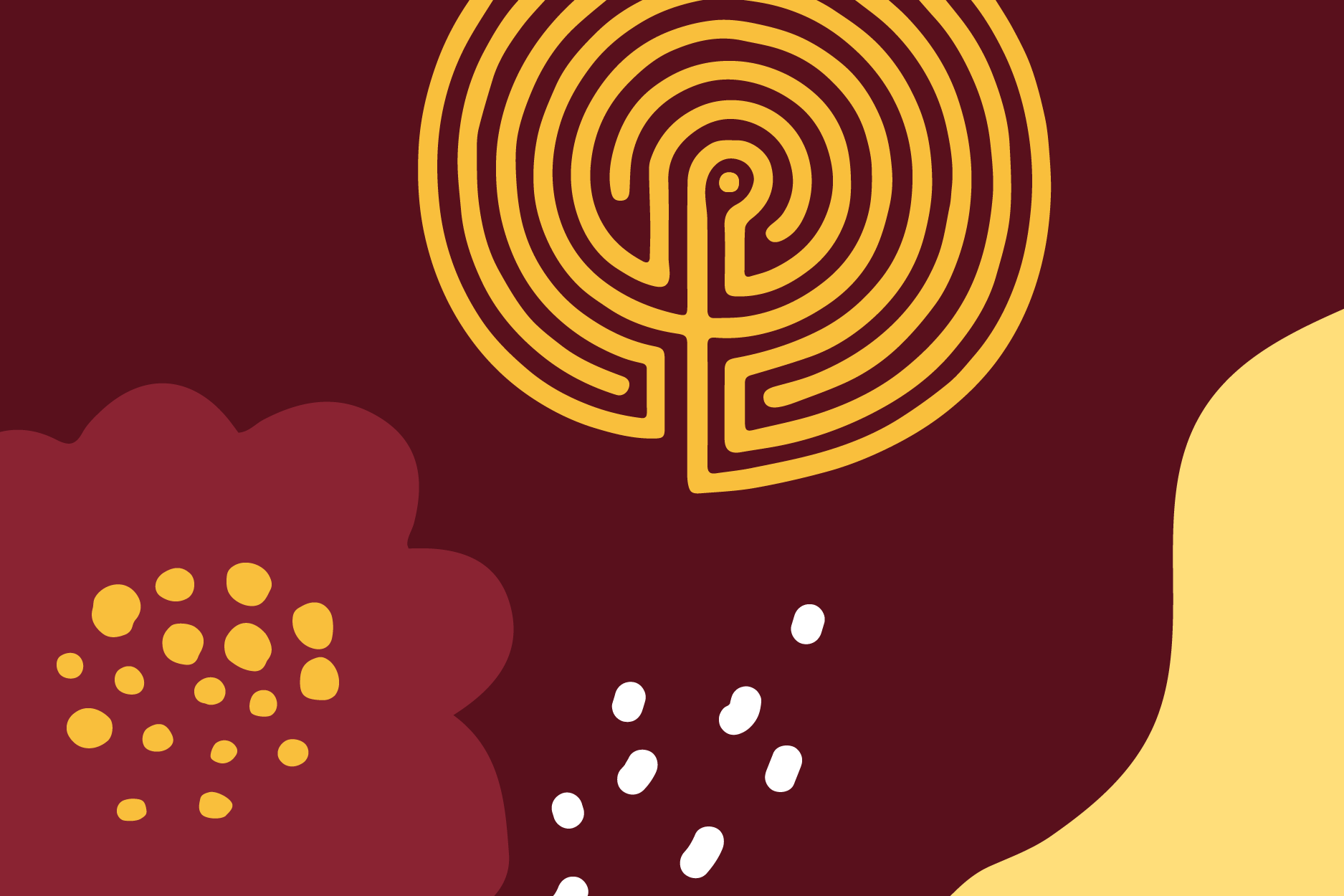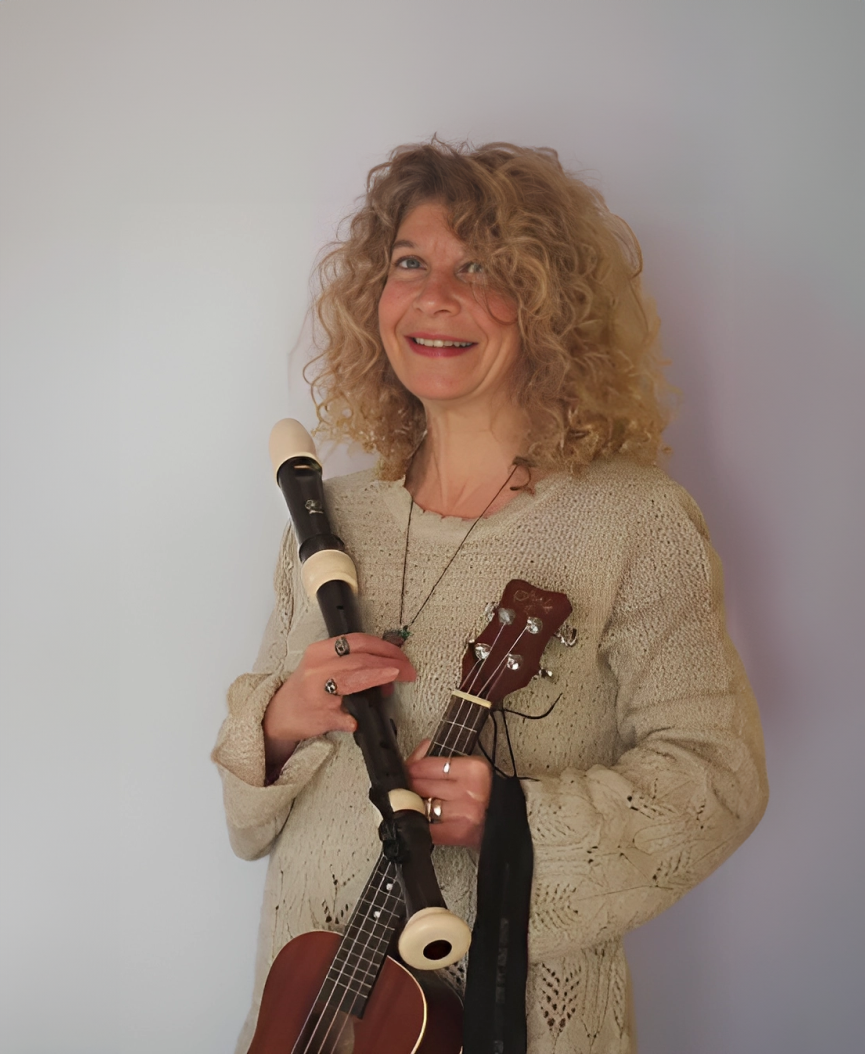Diversity in Research: Better for Communities, Better for Science
January 14, 2021
Kevin Coss
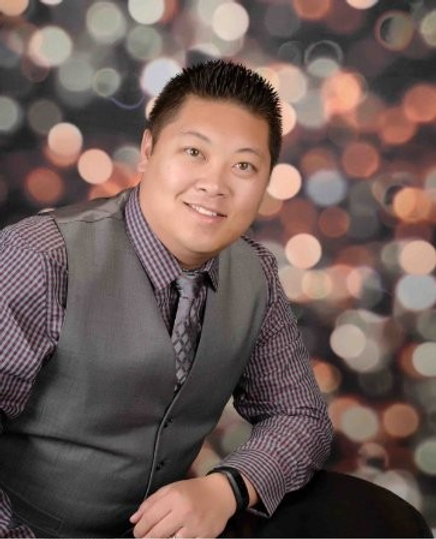
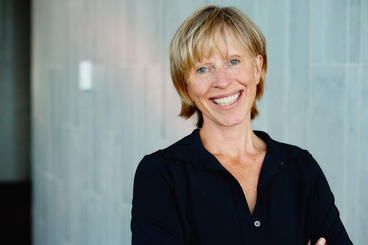
About three years ago, Roni Evans and her research team were in the middle of a pilot study exploring how mindfulness might encourage adults over 50 to be more physically active when they noticed the study’s 30 participants had a lot in common.
“We were observing the same thing we had for so many years: study after study, the people showing up for our complementary and integrative health research were largely white, higher income, and highly educated,” said Evans, DC, PhD, director of the Bakken Center for Spirituality & Healing’s Integrative Health and Wellbeing Research Program (IHWRP). “This demonstrated to us we were reaching only a fraction of our communities, and missing far too many who could benefit.”
Evans and the IHWRP team resolved to change this trend. Through a concerted effort over the last few years, the team has been working to reach more of those who have been underrepresented in research, taking into consideration the age, income, gender, education, and race/ethnicity of participants. This commitment to diversity will play an important role in fulfilling the research program’s goal to use rigorous science to support health and wellbeing for all—not just those who have traditionally been represented.
Addressing the disparities could lead to big health benefits. While over 60 percent of people in the highest income brackets get enough physical activity, Evans said, only a little over 30 percent of those in the lower income brackets do. Similarly, about 40 percent of black and Hispanic individuals get sufficient physical activity, compared to over 50 percent for whites and Asians. Only about a third of individuals over 65 get enough physical activity, while 55 percent of younger adults do.
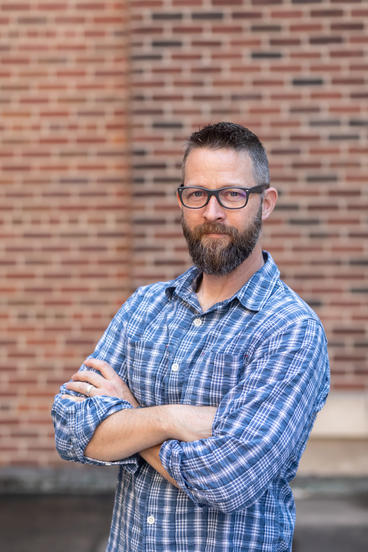
Doug Kennedy, PhD, an assistant professor at the Center who played a leading role in developing IHWRP’s diversity efforts, said research carries more validity and makes a bigger impact when it represents the communities in which we live.
“It’s really about doing good science, about being a good citizen, a good community member,” Kennedy said. “How is our team engaging with the community and how are we working with our community-based partners to better meet the needs of the people that are our neighbors?”
Spotting the Barriers
Understanding why a large part of the American population has been underserved in research and in healthcare, Evans said, means considering the barriers that can prevent participation.
Some individuals may find the cost of complementary and integrative health approaches, which often are not covered by insurance plans, places them out of reach. The lack of time outside of work, family, and other day-to-day commitments may also make it hard to participate. Others may doubt the effectiveness of these health approaches, unaware that research supports the effectiveness of some, or may not find the practices acceptable for other reasons. Mindfulness may appear to clash with some religious beliefs, for example, and acupuncture may cause fear in those who fear needles.
There are also concerns about safety, as any health intervention carries some degree of risk. Individuals may worry about the possibility of rare but serious side effects, or may distrust research based on the ways it has historically mistreated some groups of people.
Understanding how to reduce such barriers, Evans said, required a shift in perspective, where the team must start to see about equity and diversity through the lens of behavior.
“We started by asking the question, ‘what knowledge, resources, and motivations do diverse populations need to engage in research, especially in complementary health approaches?’” Evans said. “We quickly realized a big part of truly addressing this required us as researchers to look more closely at ourselves and our own behaviors.”
Building Relationships

As the team’s equity and diversity efforts got underway, Kennedy received invaluable guidance from the University’s Robert J. Jones Urban Research and Outreach-Engagement Center (UROC). The center helps initiate and nurture collaborative work between University scholars and the North Minneapolis community.
“We were excited to affiliate with Doug’s research because of his commitment to connecting with community in an authentic way and his emphasis on diversity and equity,” said Makeda Zulu-Gillespie, UROC’s executive director.
UROC helped Kennedy start conversations with community organizations and develop an engagement strategy that focused on transparency and mutual benefit, providing a foundation for trust and relationship building. Zulu-Gillespie said it’s important not only to connect with diverse communities in research, but to develop an understanding for the way they are shaped by their experiences and environment.
“People’s experiences vary deeply by culture, and culture and environment shape responses that we believe help us to survive,” she said. “When we honor the culture and environment of the people we wish to study, academic research can benefit others more quickly, more deeply, and in a long-lasting way.”
Listening became a crucial part of the engagement process as a way to ensure the research was responsive to community members’ needs. The team also made efforts to become more visible in the community by developing partnerships with several community organizations and participating in volunteer work, including helping in community gardens and giving health talks.
“A lot goes into establishing those relationships and showing that you’re credible,” Kennedy said. “It’s a very nuanced field. It’s about respect, reciprocity.”
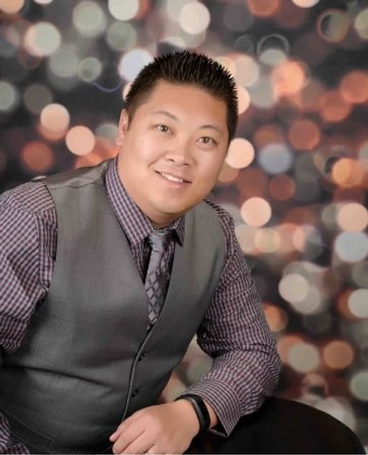
Throughout these efforts, an ongoing collaboration with the YMCA of the North proved instrumental. The YMCA’s close relationship with its community and the expertise of Bruce Yang, its senior director of social responsibility, helped IHWRP researchers reimagine their recruitment materials and the way they engaged people. The researchers also enrolled in the Intercultural Leadership Training program at the YMCA’s Equity Leadership Institute to develop their own capacities around equity and diversity.
All together, this approach has allowed the researchers to join the YMCA as part of the community, Yang said, rather than analyzing it from afar.
“This collaboration between the YMCA and University of Minnesota has helped researchers learn and see through an equity framework that ensures all communities are represented, especially the underrepresented,” he said. “Our hope is that the researchers will begin to adopt this framework to foster a collaborative and trusting partnership with communities, while allowing communities to be their own experts at identifying and sharing with researchers what the needs are within each specific community.”
Good for Science, Good for Communities
Through their guidance from UROC and their partnership with the YMCA, the IHWRP team is gradually making a difference in how they engage with and attract a more diverse group of research participants, with the most recent step being the formation of a new Community Advisory Team to guide future engagement efforts and share research results with the community.
The team is seeing early success, Evans said, noting more diversity in terms of race/ethnicity, age, income, and education during their last recruitment wave.
“By including a more diverse population, we then have research that is more applicable and relevant to the entire population—that’s good for individuals and for science and discovery,” she said. “We are building relationships, hopefully enduring ones, that can help rebuild trust and a mutual understanding of how communities and researchers can work together.”
Learn more about the Center's Integrative Health & Wellbeing Research Program.
